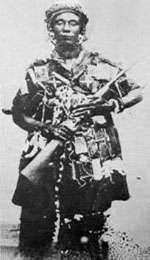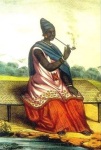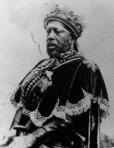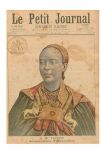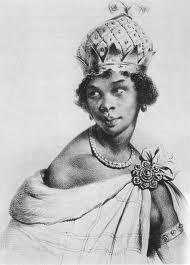
“They think because they have put my husband on an island that he will be forgotten. They are wrong. The harder they try to silence him, the louder I will become!” – 1962
“I will not allow the selfless efforts of my husband and his friends to be abandoned. I will continue the struggle for a free and equal South Africa.” – 1962
“To those who oppose us, we say, ‘Strike the woman, and you strike the rock‘.” – 1966

A flavor of the harassment and trauma of a typical raid [under the apartheid regime]: “…that midnight knock when all about you is quiet. It means those blinding torches shone simultaneously through every window of your house before the door is kicked open. It means the exclusive right the security branch have to read each and every letter in the house. It means paging through each and every book on your shelves, lifting carpets, looking under beds, lifting sleeping children from mattresses and looking under the sheets. It means tasting your sugar, your mealie meal and every spice on your kitchen shelf. Unpacking all your clothing and going through each pocket. Ultimately it means your seizure at dawn, dragged away from little children screaming and clinging to your skirt, imploring the white man dragging Mummy away to leave her alone.” – 1960s
Up until the 1970s, the years of constant police harassment, jail time and intimidation had done absolutely nothing to quash Winnie’s revolutionary spirit; indeed, her conviction had only become stronger. Her message to the authorities was clear: “you cannot intimidate people like me anymore.” – 1970s

“It is only when all black groups, join hands and speak with one voice that we shall be a bargaining force which will decide its own destiny.” – 1976
“If you are to free yourselves you must break the chains of oppression yourselves. Only then can we express our dignity, only when we have liberated ourselves can we co-operate with other groups. Any acceptance of humiliation, indignity or insult is acceptance of inferiority.” – 1976 (similar to President Thomas Sankara’s words, 8 years before he uttered them).
“We have no guns – we have only stones, boxes of matches and petrol. Together, hand in hand, with our matches and our necklaces, we shall liberate this country.” – 1986

“There is no longer anything I can fear. There is nothing the government has not done to me. There isn’t any pain I haven’t known.” – 1987
“I am the product of the masses of my country and the product of my enemy.” – 1996
“I was not made by a racist media and I will not be unmade by a racist media. What matters is what I mean to my people…without economic power, freedom is worthless.”

“I’m not sorry. I will never be sorry. I would do everything I did again if I had to. Everything.”
“All what we fought for is not what is going on right now. It is a tragedy that he lived and saw what was happening, we cannot pretend like South Africa is not in crisis, our country is in crisis and anyone who cannot see that is just bluffing themselves.”– 2017



